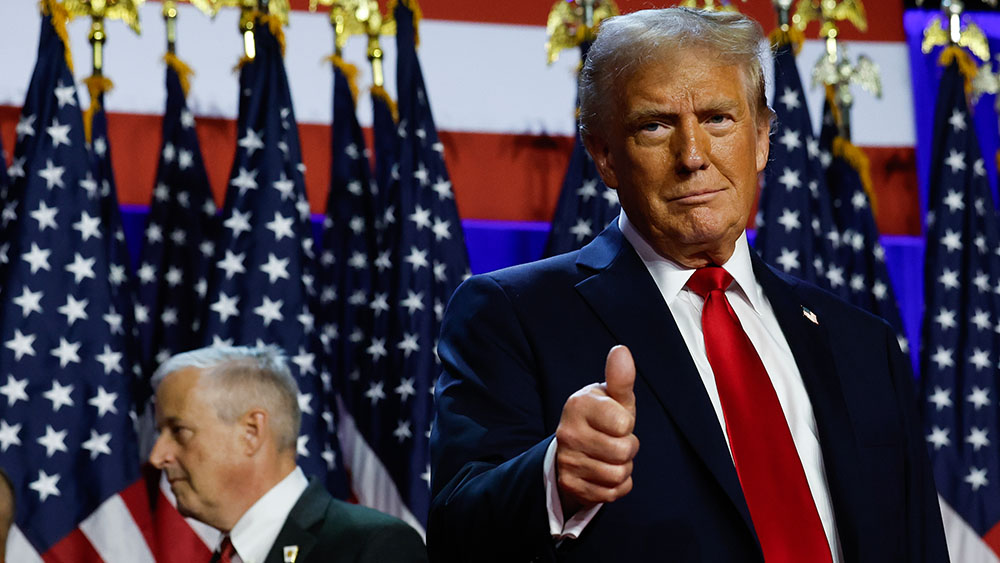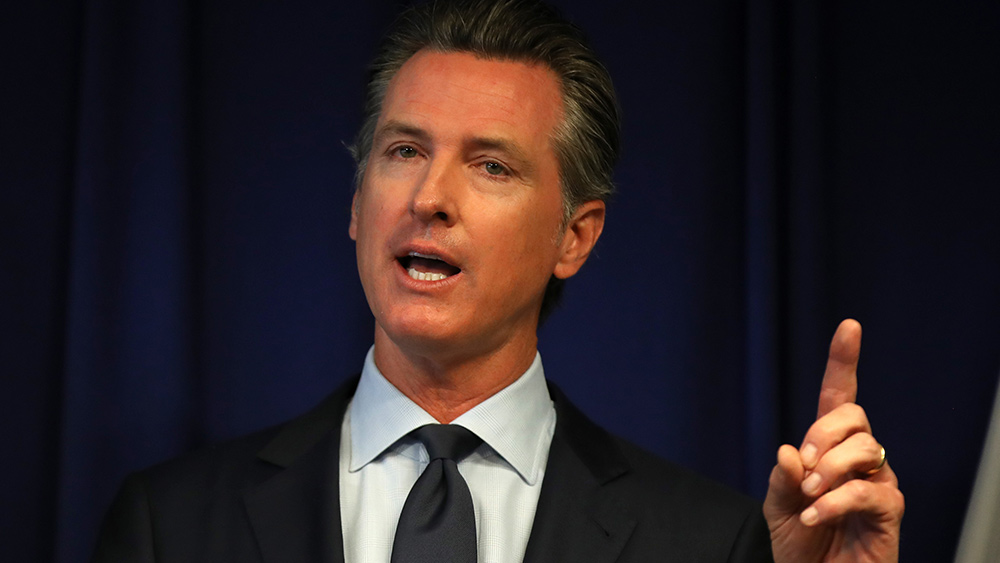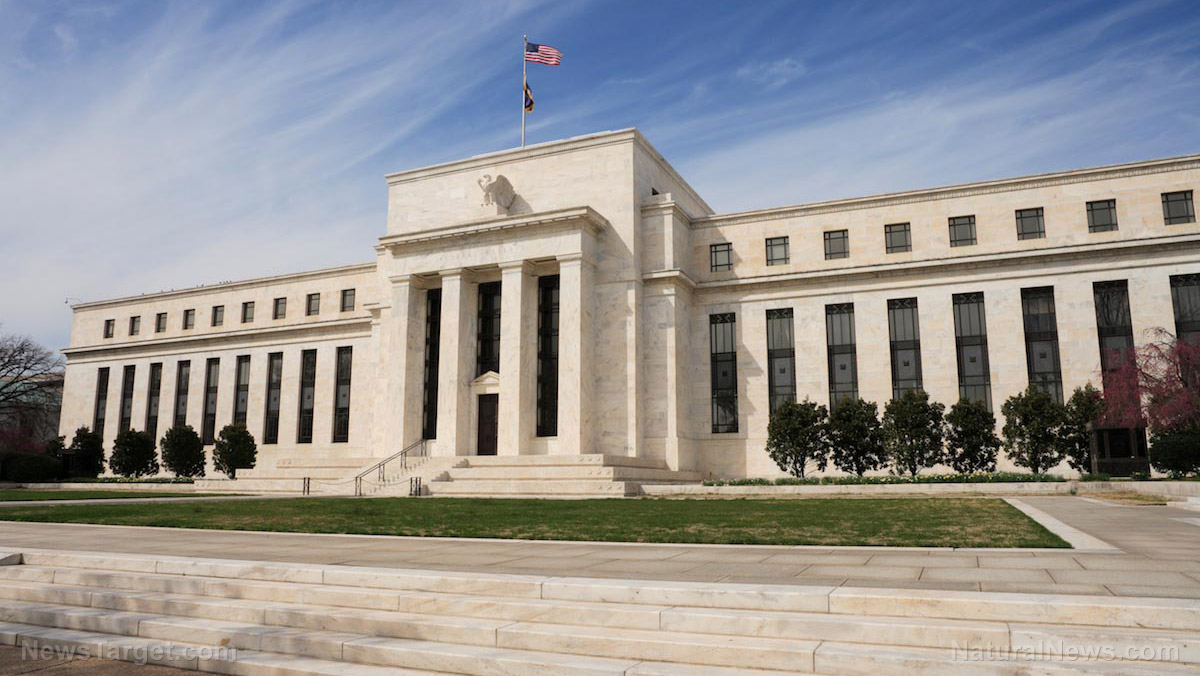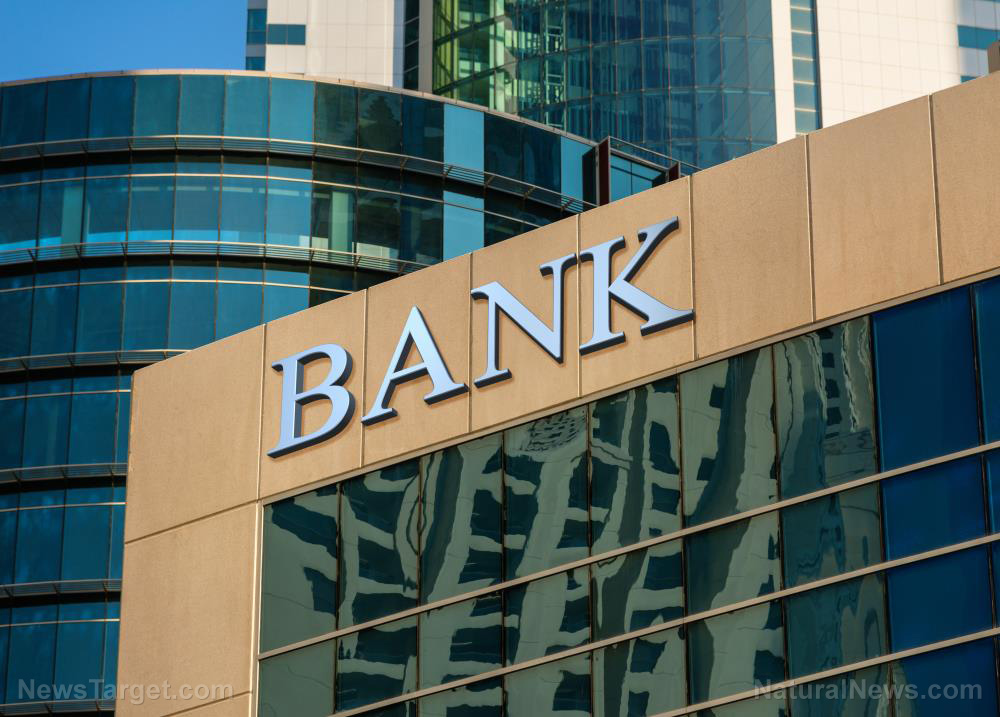Bitcoin surges 33% since 2024 halving amid institutional surge, shifting traditional market cycle
04/22/2025 / By Willow Tohi

- Bitcoin rallied over 33% after its April 2024 halving, hitting a new all-time high of $109,000 in just 273 days—far faster than previous cycles (which took 500+ days). The halving cut miner rewards from 6.25 BTC to 3.125 BTC, tightening supply.
- Accelerated growth is attributed to institutional investment and Bitcoin ETFs, which expanded liquidity and accessibility. Analysts note institutions (e.g., Tether, asset managers) are compressing the traditional cycle timeline.
- Unlike past halvings (2012–2020), which followed a multi-year pattern of parabolic rise ? 85% correction ? rebuild, the 2024 cycle’s rapid rise defies expectations, signaling market maturity.
- Geopolitical tensions (e.g., U.S.-China trade) and expected Federal Reserve rate cuts in 2025 could further boost Bitcoin, though delays may trigger volatility. Its role as a hedge is evolving with institutional adoption.
- While scarcity remains key, Bitcoin’s path faces challenges—ETF-driven liquidity, geopolitical risks and Fed policies. Current pullbacks (e.g., dip to $87,425) are normal, but long-term growth hinges on institutional stability and macro conditions.
Bitcoin (BTC) has rallied over 33% since its April 2024 halving, defying global economic uncertainty and accelerating its traditional four-year market cycle. The event, which cut block rewards from 6.25 BTC to 3.125 BTC, reduced new Bitcoin supply by half, amplifying its scarcity as per its built-in monetary policy. The cryptocurrency’s post-halving ascent—bolstered by institutional investment and Bitcoin exchange-traded funds (ETFs)—has seen Bitcoin hit a new all-time high above $109,000 just 273 days after the halving, far faster than previous cycles. Analysts attribute this shift to evolving institutional engagement, liquidity and market maturity, while geopolitical tensions and potential Federal Reserve rate cuts add layers of complexity to its trajectory.
Halving’s historic role and this cycle’s break from the past
Bitcoin’s halving events have historically driven cyclical price patterns. After each halving, the cryptocurrency typically follows a “parabolic rise, correction and rebuild,” as seen in 2012–2016 and 2020–2024 cycles. For example, Bitcoin took 546 days to reach a new all-time high after its 2021 halving, followed by another 518 days after 2017’s event. However, the 2024 halving’s post-event surges are breaking precedents. By January 2025, just 273 days after the halving, Bitcoin surpassed $109,000, marking the shortest timeline to an all-time high in its history.
The shift underscores a critical change: the growing influence of institutional capital. “This market’s infrastructure and liquidity are more mature now,” said Enmanuel Cardozo, a market analyst at tokenization platform Brickken. “For the 2024 halving, traditional models suggested a bottom in Q3 2025 and a peak by mid-2026, but institutions may compress that timeline.” Cardozo pointed to firms like Strategy and Tether leading the inflow of institutional funds, propelling Bitcoin beyond its historical growth path.
Vugar Usi Zade, COO of Bitget, agreed, emphasizing how institutional buying amplifies scarcity-driven demand. “The current cycle could see Bitcoin retest its all-time highs soon if it breaches $90,000 again,” he stated. “Even so, the price impact of halvings isn’t fixed—broader market conditions still matter.”
Institutional ETFs and liquidity
The acceleration of Bitcoin’s rise coincides with broader institutional adoption, including the launch of new Bitcoin ETFs. These funds allow mainstream investors to access the asset without direct holdings, expanding its liquidity pool. Brickken’s Cardozo noted this influx as a key differentiator. “Institutional demand and ETFs are acting as accelerants,” he said, citing how such tools reduce barriers to entry, particularly for pension funds and asset managers.
The surge has also occurred despite macroeconomic challenges, such as U.S.-China trade tensions and inflationary pressures. Bitcoin traditionally acts as a hedge against such turbulence, but its recent performance suggests institutional adoption has altered its role. “Investors remain cautious due to past volatility and geopolitical risks,” Cardozo admitted. “Yet Bitcoin’s resilience amid these pressures signals market appetite for digital assets as diversification tools.”
Federal Reserve policy remains influential. Analysts anticipate a potential rate cut by mid-2025, which could flood markets with dollars and indirectly boost risk assets like Bitcoin. “QE-like liquidity could push Bitcoin’s price higher, but the path is still littered with uncertainty,” Cardozo added.
Uncertainty and institutional challenges
Despite its momentum, Bitcoin’s trajectory remains tied to both external events and internal market dynamics. If the Fed delays or skips rate cuts, Bitcoin could face selling pressure. Meanwhile, geopolitical conflicts—such as ongoing trade disputes between the U.S. and China—could redirect capital flows toward safer assets.
Bitcoin’s price itself oscillates in this volatile environment. While hitting a January high of 109,000, it hovered around 87,425 at press time, down from its peak. Analysts caution against overinterpreting short-term dips. “This cycle’s volatility is normal,” Usi Zade said. “Bitcoin’s fundamentals—its scarcity, technology and institutional adoption—are stronger, but don’t assume a straight line to new highs.”
New cycle, same scarcity, different race
The 13 months since Bitcoin’s 2024 halving reveal a market in transformation. While scarcity remains foundational to its value proposition, institutions and ETFs are reshaping its growth path, compressing timelines and increasing liquidity. Whether this new dynamic sustains Bitcoin’s climb past $100,000 or fosters prolonged volatility hinges on geopolitical stability and central bank policies. For now, the cryptocurrency’s resurgence—and its divergence from historical cycles—proves one truth: Bitcoin’s evolution is as unpredictable as it is persistent.
Sources include:
Submit a correction >>
Tagged Under:
bitcoin, Bubble, crypto cult, digital assets, dollar demise, ETFs, geopolitical tensions, halving, market crash, pensions, risk
This article may contain statements that reflect the opinion of the author
RECENT NEWS & ARTICLES
COPYRIGHT © 2018 GOVERNMENTDEBT.NEWS
All content posted on this site is protected under Free Speech. GovernmentDebt.news is not responsible for content written by contributing authors. The information on this site is provided for educational and entertainment purposes only. It is not intended as a substitute for professional advice of any kind. GovernmentDebt.news assumes no responsibility for the use or misuse of this material. All trademarks, registered trademarks and service marks mentioned on this site are the property of their respective owners.



















